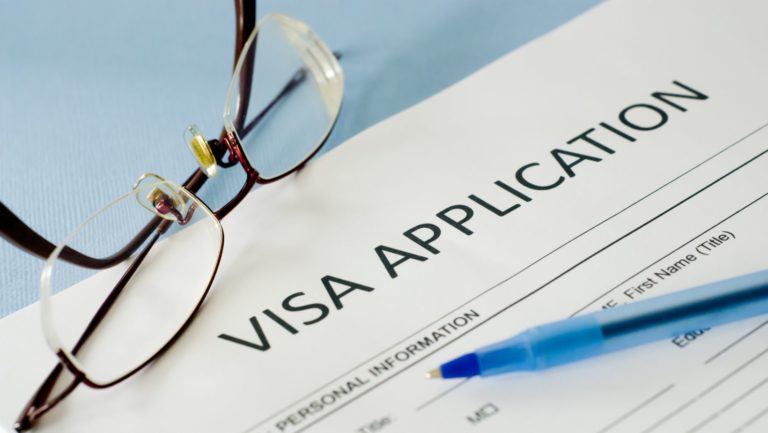P1 VISA
Contact Us
Showcasing Talent on a Global Stage: The P-1 Visa Application Guide
Introduction
The P-1 visa offers a unique opportunity for athletes and entertainers to showcase their talents in the United States. This guide provides a comprehensive look at the P-1 visa process, detailing the steps, required documents, and timelines to help individuals and groups navigate their way to performing on an international platform.
Understanding the P-1 Visa
The P-1 visa is a non-immigrant visa category designed for individual athletes, athletic teams, and entertainment groups recognized internationally. It allows these talented individuals and groups to participate in events, competitions, or performances in the U.S.
Eligibility for the P-1 Visa
To qualify for a P-1 visa, athletes must be coming to the U.S. to participate in individual events, competitions, or performances at an internationally recognized level. Entertainment groups must have achieved international recognition and be seeking to perform as a unit in the U.S.

Step 1: Filing the Petition
The process begins with the U.S. employer or sponsoring organization filing Form I-129, Petition for a Nonimmigrant Worker, along with the P supplement. This petition must include evidence of the athlete’s or group’s international recognition and details of the event or performance.
Step 2: Gathering Necessary Documents
Applicants need to provide various documents, including proof of the event or performance, contracts, evidence of international recognition (such as awards, rankings, reviews), and proof of a consistent and sustained level of performance.
Step 3: Applying at a U.S. Embassy or Consulate
Once the I-129 petition is approved, the applicant can apply for the P-1 visa at a U.S. embassy or consulate in their home country. This involves completing the DS-160 form, paying the visa fee, and scheduling a visa interview.
Timelines for the P-1 Visa Process
The timeline for the P-1 visa process can vary. The I-129 petition processing time can take several months. After approval, the consular processing and interview scheduling can add additional weeks or months to the timeline, depending on the specific circumstances and the embassy or consulate’s workload.
Step 4: The Visa Interview
During the visa interview, applicants must demonstrate their eligibility for the P-1 visa category. They should be prepared to discuss their event or performance in the U.S., their role, and their qualifications.
Contact Us

Support Personnel for P-1 Visa Holders
Support personnel essential to the performance of P-1 athletes or entertainers can apply for P-1S visas. They must demonstrate their critical support roles and are subject to a similar application process.
Maintaining P-1 Visa Status
Holders of the P-1 visa must maintain their status by adhering to the terms of their visa, including staying with the same team or group and participating in the designated events or performances.
The Role of an Immigration Attorney
Navigating the P-1 visa process can be complex, especially when it comes to presenting the necessary evidence and navigating consular procedures. An experienced immigration attorney can provide invaluable assistance in preparing the petition, gathering documentation, and guiding applicants through the consular process.
Conclusion
Securing a P-1 visa is a gateway for international athletes and entertainers to perform and compete in the United States. Understanding the application process, requirements, and timelines is key to a successful journey. With thorough preparation and, where necessary, professional legal assistance, applicants can successfully navigate the process and take their talents to a global audience.
